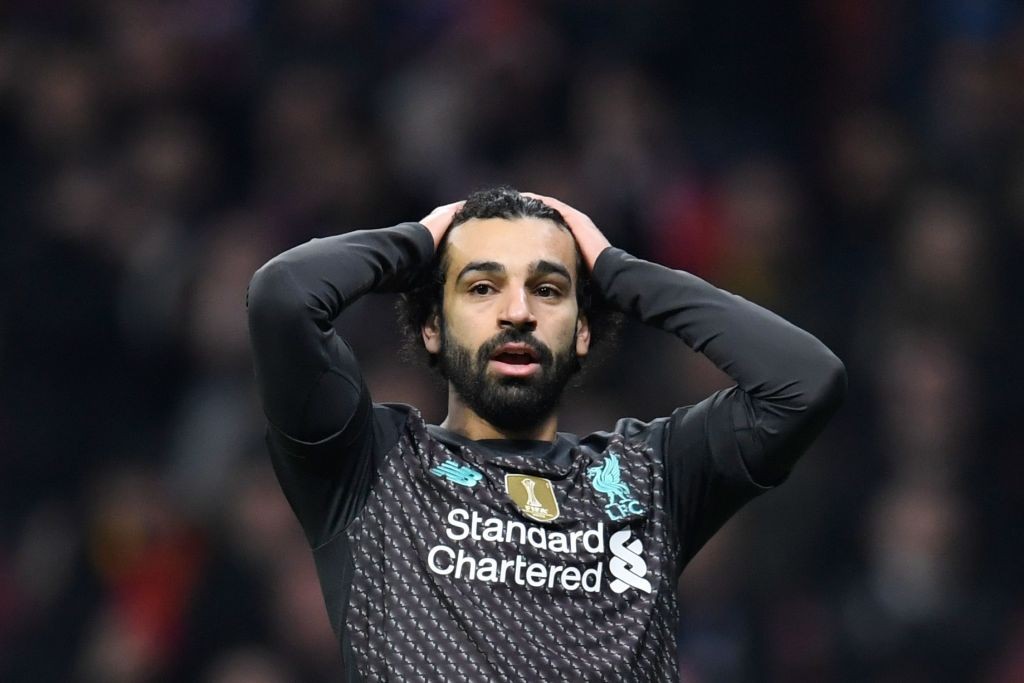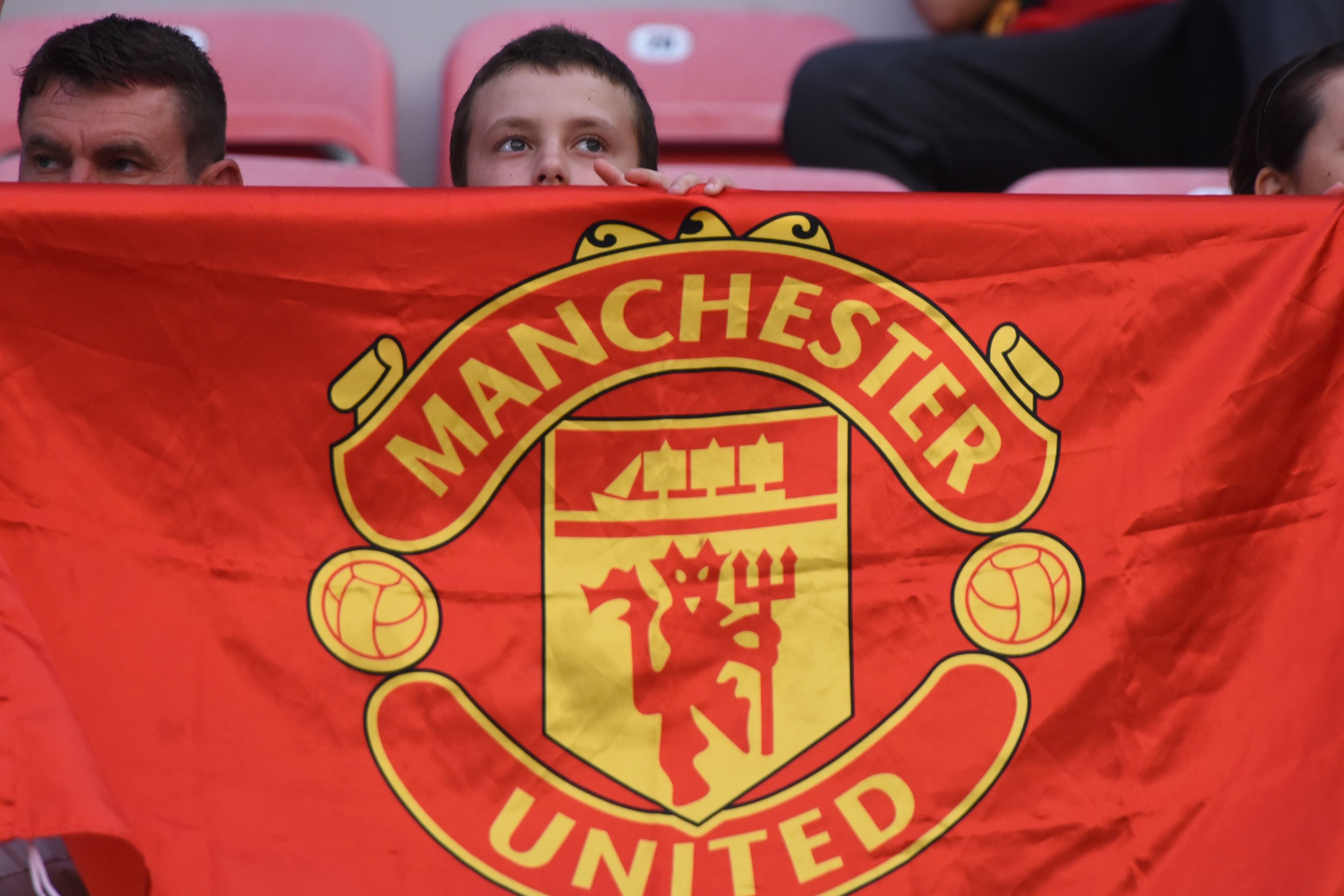Manchester United outsmarted Newcastle United in all aspects of the game, with Casemiro playing a vital role in the Carabao Cup final.
Erik ten Hag ended the long wait for Manchester United for a trophy after winning the Carabao Cup with a brilliant performance against Newcastle United. The Red Devils were on the money from the get-go, keeping tabs on the proceedings in a way that people do not necessarily relate to controlling the game.
The win was a ten Hag masterclass, starring their 30-year-old controller Casemiro. The Brazilian was pivotal to whatever Manchester United did on the pitch against Newcastle. However, the team, their structure and execution of tasks deserve the larger credit.
A moment to savour 😍🏆#MUFC || #CarabaoCup
— Manchester United (@ManUtd) February 26, 2023
In the context of the season, lifting the first trophy on offer should certainly boost Manchester United’s confidence. Will that propel them towards an unlikely title challenge or a deep run into the Europa League remains to be seen.
However, recent results in the Premier League and the win over Barcelona prove that Manchester United are on the rise under ten Hag. In the Carabao Cup final, they completely nullified Newcastle United. A first-half strike from Casemiro gave them the base to build towards a terrific victory, with the Sven Botman own goal only a reward for their hard work.
Here, we take a look at how Manchester United secured the victory over Newcastle. The key emphasis will be on Casemiro, ten Hag’s in-game management and how the Red Devils restricted Newcastle’s threat with their watertight tactics.
How did Manchester United line up tactically?
Erik ten Hag was able to name his strongest possible starting eleven for the cup final, with Casemiro sitting at the base. The Manchester United boss anticipated Newcastle to start brightly and attack the ball well. With Bruno Guimaraes as the lone No.6, Bruno Fernandes was tasked with marking him, at least in the first phase of the game.
Remember when tactico's suggested ten Hag's teams lacked compactness? Good one…
You know a coach is elite when they adapt to the quality at their disposal by becoming pragmatic in the short-term before building towards a long-term style which is more dominant (Arteta-esque). pic.twitter.com/mvAStYH584
— EBL (@EBL2017) February 26, 2023
Newcastle had the better possession stats at almost 60 per cent. But Manchester United were set up to steadily restrict ball progression and allow Newcastle United to build patterns of play. Hence, Fernandes did an excellent job keeping Guimaraes at bay, not enabling him to contribute much to the build-up play.
While he marked the Brazilian, Fred and Casemiro stuck to their task of managing Sean Longstaff and Joelinton. On the flanks, Marcus Rashford’s imminent threat on the counter and pace kept Kieran Trippier cautious. But the Englishman’s pressing mechanism alongside Wout Weghorst restricted passing lanes to the full-backs.
Central progression became difficult for Newcastle, as they only built 26% of their attacks from those zones. With the midfielders sticking to their tasks and pressing aggressively, Eddie Howe resorted to a defensive shape at the back, with Dan Burn becoming their third centre-back. The move allowed the Magpies to avoid any unprecedented mistakes.
Ten Hag’s early game tactics allowed Manchester United more control despite having less of the ball. With Dan Burn settled in a back three, Allan Saint-Maximin was left isolated in the wide left zone, but he was the biggest threat to the Red Devils.
Ten Hag’s positional tactics with Rashford, coupled with Miguel Almiron’s terrible ideas, essentially nullified the overlapping threat of Kieran Trippier. The Manchester United forward always stayed high up the pitch, while the physical presence of Raphael Varane, Casemiro and Lisandro Martinez stopped any crosses coming in from Newcastle’s right back.
Manchester United’s transitional play and in-game management
As Marcus Rashford continued to stay high up the pitch anticipating fast counter-attacks, Newcastle United were overly cautious. Luke Shaw consistently marked Miguel Almiron and travelled with him wherever he wandered. Despite that, Rashford did not bother to keep tabs on Trippier.
Aaron Wan-Bissaka vs Newcastle @awbissaka pic.twitter.com/xv5cEjUcIF
— JM (@JMNDComps) February 26, 2023
Almiron constantly chose to saunter in-field to allow Trippier space on the right flank. Had he kept the width and provided overlapping opportunities to the full-back, their attack might have been slightly different. Yet, the second Manchester United goal showed Rashford’s prowess on the counter, effectively killing any hopes for the visitors.
However, Erik ten Hag still had to tinker with the threat posed by Allan Saint-Maximin on the left flank. The Frenchman got the better of Diogo Dalot on the wing, despite being restricted to operating alone for large parts of the role.
Dalot was a threat going forward. But with a two-goal advantage secured, the looming threat of Saint-Maximin compelled ten Hag to bring Aaron Wan-Bissaka at half-time. The right-back made seven tackles (the most in the game), two clearances and a solitary interception, while no attacker dribbled past him. He is one of the Premier League’s best one-on-one defenders, and comparatively, Dalot was dribbled past twice, and making only two tackles.
While Wan-Bissaka’s introduction proved masterful, ten Hag had to make more decisions to sacrifice attacking football and restrict Newcastle United to where they wanted. The introduction of Scott McTominay and Marcel Sabitzer further slowed any late surge from the Magpies, while their relentless pressing kept the ball in spaces where ten Hag would have wanted.
The Phenomenon of Casemiro
Casemiro’s presence allows Manchester United not to have the ball much and still be comfortable. In possession, the Brazilian was massive for their build-up and became an outlet to receive the ball and then recycle. The midfielder also proved his worth in the attack by grabbing the opener, which provided ten Hag with a much-needed base.
Casemiro's game by numbers vs. Newcastle:
100% take-ons completed
100% aerial duels won
53 touches
8 duels won
6 ball recoveries
5 tackles
3 accurate long balls
2 clearances
1 chance created
1 shot
1 goalLook what that goal meant to him. 🇧🇷 pic.twitter.com/vrglb5cifN
— Squawka (@Squawka) February 26, 2023
While Casemiro’s presence restricted Newcastle’s passing lanes from defence to midfield, the introduction of Alexander Isak changed that equation. The Magpies managed to attack better after the Swede replaced Sean Longstaff, as he would come deeper to receive the ball and, with his energy, able to transition play into the final third.
Howe’s major problem centred around being unable to get the ball to Callum Wilson much, which made them look flat when attacking. However, with Isak, they were able to reverse that, and hence, Casemiro took up a deep position, almost near the centre-backs, to deal with the Swede.
After a point, Manchester United were content with sitting deep and happy to absorb the pressure. Casemiro was helping by doubling up whenever Newcastle attacked either flank. When Saint-Maximin was threatening on the left, the Brazilian was there to protect Wan-Bissaka.
On the right, Isak always looked to provide Almiron with an outlet, often resulting in Casemiro creating a 3-v-2 situation favouring Manchester United. The Brazilian’s energy allowed him to screen the centre-backs adequately. And so, Manchester United won the midfield battle, despite not having more of the ball.
Casemiro was always in the right place at the right time. He tends to break up play, while his interceptions and tackles allowed transitional moments, from where Manchester United were a significant threat to Newcastle. In short, the midfielder has changed how the Red Devils play and proved instrumental in ten Hag winning his first trophy this season.





